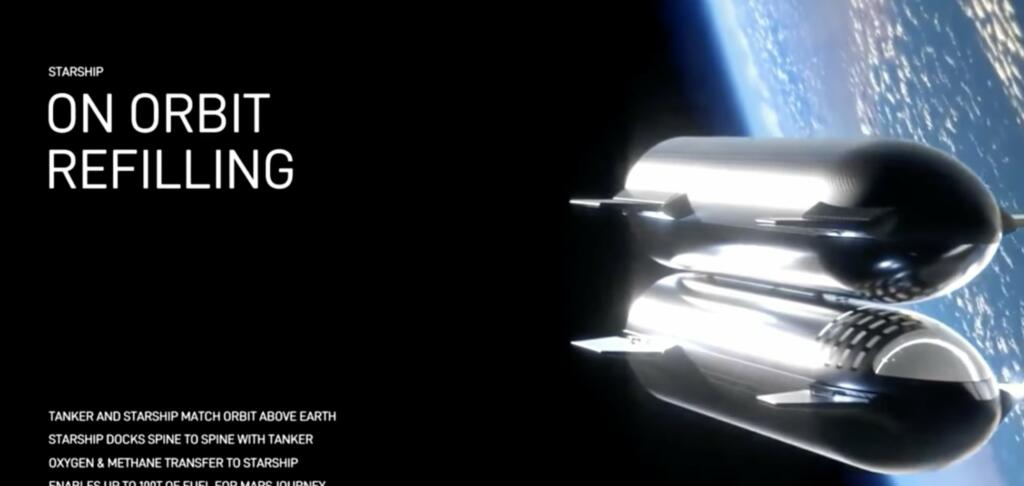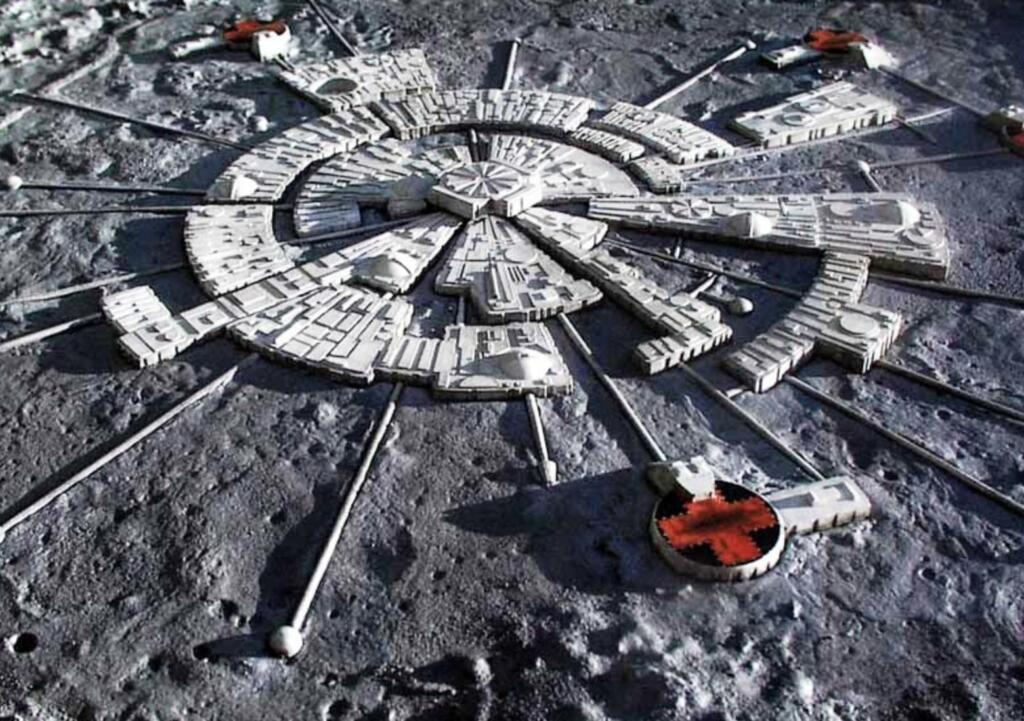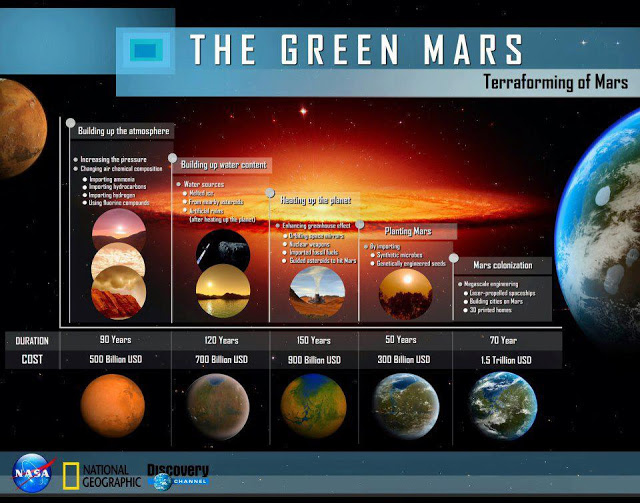Highlights of Elon Musk SpaceX Plans for 2024 and Beyond:
They have already increased the communication bandwidth of Starlink v2 mini to 188 Gbps.
There will be 150 launches of Falcon 9 and Falcon Heavy in 2024
Increase the speed and cadence of Starship launches.
Deploy Version 3 Starlink satellites via Starship in 2024.
Start testing the propellent transfer in the next launch
The Starship will be to achieve 200 tons of payload in reusable launch mode
UPDATE Innovative concepts from a 2021 Space University Study to leverage SpaceX Lunar Starship capabilities to build a moonbase in 6 months with about 14500 square feet of usable space.
UPDATE Analyzing plans for doming Mars Craters, Paraterraforming and terraforming of Mars.
They want to get the latency down below 20 milliseconds.



There will be two launch towers in Texas.

SpaceX wants to far exceed NASA goals for lunar Starship.
High launch rate to the moon will enable a sustained moon base like Space 1999’s moon base alpha.
Fictional moon base Alpha: Located in the Moon crater Plato and constructed out of quarried rock and ores, Moonbase Alpha is four kilometers in diameter and extends up to one kilometre in areas below the lunar surface. The complex extends outward from the central Main Mission tower in a series of concentrically-arranged curved structures connected by travel-tube transit tunnels. Apart from the central tower, the surface buildings are two to three stories in height.

This is the first episode of that great show.
It had a great theme song like all Gerry Anderson productions. The songs were written by composer Barry Grey.
I also loved the Gerry Anderson UFO production, which also had a smaller moonbase.
Real Science of Mars Terraforming- Using Super Greenhouse Gases
If all the solar incident on Mars were to be captured with 100% efficiency, then Mars would warm to Earth-like temperatures in about 10 years. However, the efficiency of the greenhouse effect is plausibly about 10%, thus the time it would take to warm Mars would be ~100 years. This assumes, of course, adequate production of super greenhouse gases over that entire time. The super greenhouse gases desired for use on Mars would be per fluorinated compounds (PFCs) as these are not toxic, do not destroy ozone, will resist degradation by ultraviolet life, and are composed of elements (C, S, and F) that are present on Mars. Fluorine has been detected on Mars by Curiosity.
The Warming Phase of a terraforming project on Mars results in a planet with a thick CO2 atmosphere. The thickness is determined by the total releasable CO2 present on Mars.
The temperatures would become well above freezing and liquid water would become common on Mars. An Earth-like hydrological cycle is maintained. Photosynthetic organisms can be introduced as conditions warm and organic biomass is thus produced. A rich flora and fauna are present. A natural result of this is the biological consumption of the nitrate and perchlorate in the Martian soil producing N2 and O2 gas. While the pressure is high enough that humans do not need a space suit, they need a gas mask to provide O2 and prevent high levels of CO2 in the lungs.

Mars has enough CO2 for 15 millibars of pressure which is 65 times less than the pressure of 1,000 millibars at Earth’s sea level. Strip mining and processing the Nili Fossae mineral deposits would add 15 to 150 millibars.
Mars needs at about 65 millibars to reach the Armstrong limit. The Armstrong limit is where water does not boil at body temperature. Processing half of the Nili Fossae mineral deposits gets to that amount. The Mars atmosphere currently weighs 25 trillion tons. Getting to about 230 trillion tons is the Armstrong limit. Five times more is about the equivalent of the summit of Everest. Three times more than Everest pressure is Earth Sea level. Getting past the Armstrong limit would mean people could walk around with just an oxygen mask.
Martian atmosphere has a mass of 25 teratons, need to add at least another 200 teratons (200 trillion tons).
Getting to Everest pressure would take about 1300 trillion tons of Mars atmosphere. It will take about 4000 trillion tons to get to one earth sea level pressure.
Lower air pressure means there would be less warming. An atmosphere of 20 mbar would cause Mars warming of less than 10 K. Mars needs to be warmed ~60 K to allow liquid water to be stable. It would take a CO2 pressure of about 1 bar to produce greenhouse warming that would bring temperatures close to the melting point of ice.

Brian Wang is a Futurist Thought Leader and a popular Science blogger with 1 million readers per month. His blog Nextbigfuture.com is ranked #1 Science News Blog. It covers many disruptive technology and trends including Space, Robotics, Artificial Intelligence, Medicine, Anti-aging Biotechnology, and Nanotechnology.
Known for identifying cutting edge technologies, he is currently a Co-Founder of a startup and fundraiser for high potential early-stage companies. He is the Head of Research for Allocations for deep technology investments and an Angel Investor at Space Angels.
A frequent speaker at corporations, he has been a TEDx speaker, a Singularity University speaker and guest at numerous interviews for radio and podcasts. He is open to public speaking and advising engagements.


There is already a deep impact crater called Hellas Planitia where the atmospheric pressure is higher than the rest of Mars at 12 or so millibar compared to the mean of 4 to 8.7 mb depending on season. Water vapor and clouds have been detected in this basin.
It would be feasible to send an inflatable dome structure and inflate it to 500 mb or even 600 mb to provide a test bed for a hydroponic experiment as the Chinese did with their Yutu rover on the moon in 2019.
Simulant soil test have shown it is possible but we all know a simulation is not the real thing.
You cannot “terraform” Mars. There is not enough gravity on Mars or Luna to keep fluids or gasses on the surface for any length of time (that’s why only heavier carbon dioxide is left and not much of that) the only proposal I’ve heard is to create a large enough crater that gas would pool within the rim.
Terraforming Mars? Getting a little ahead of ourselves, are we?
Something permanent on the Moon would be huge. But that’s like a walk to the corner store while Mars is on the other side of the country.
Exactly and WHY do you think Mars is a wasteland today.
You CANNOT TERRAFORM MARS UNLESS YOU STOP THE RADIATION. Mars has NO magnetosphere likes ours which keeps our Earths atmosphere in place and doesn’t allow the Suns Radiation to wipe it off this planet. Mars has nothing like this at all. Any atmosphere it used to have was wiped off the planet by the Suns extreme radiation ONLY because the magnetosphere is GONE!
If you Stop the radiation fine it might work but you can’t unless you build another magnetosphere and the planets core is almost dead! Man why doesn’t anyone get this part? You can’t put atmosphere on a planet being ravaged by solar radiation daily or it will just blow away like it did on Mars eons ago.
Exactly and WHY do you think Mars is a wasteland today.
You CANNOT TERRAFORM MARS UNLESS YOU STOP THE RADIATION. Mars has NO magnetosphere likes ours which keeps our Earths atmosphere in place and doesn’t allow the Suns Radiation to wipe it off this planet. Mars has nothing like this at all. Any atmosphere it used to have was wiped off the planet by the Suns extreme radiation ONLY because the magnetosphere is GONE!
If you Stop the radiation fine it might work but you can’t unless you build another magnetosphere and the planets core is almost dead! Man why doesn’t anyone get this part? You can’t put atmosphere on a planet being ravaged by solar radiation daily or it will just blow away like it did on Mars eons ago.
We would be in a whole other world without Musk, SpaceX et al. An uglier, darker place with much mire limited gloomier future.
As a user of Starlink that transformed my Internet access from a remote property without a anything really appropriate before, I can attest of the change they have brought.
And soon, Starlink enabled phones. Not to forget the many Tesla users and the many upcoming happy owners of their domestic bots.
No other companies or entities nowadays are doing so much to drag us kicking and screaming into the future.
If I had a Moon base for every Moon base planed and suggested I’d have a vast lunar nation.
I’m not saying the thought experiments and planning aren’t useful. Maybe the brainstorming and research lead to other discoveries and technologies that aren’t immediately visible but I’m not holding my breath for a lunar city at this point.
Nice to finally know why the Starship blew on that last test.
There is some efficacy to building a mining station on the moon. This would allow the profit motive to bring in sufficient investment funds to build a facility on the moon which could achieve additional revenue by leasing space for sponsored science at an incremental cost. The scientific benefit would determine IF 1/6 th gravity overcomes the problem of < 1G effects on the human body. If it doesn't, then mining crews will have to practice a rotation schedule to mitigate those effects. Which then brings us to a Mars base to perform the same experiment at 38% G. Pending those results will determine if terraforming is even an option.
It may be that Jeff Besos' direction on O'Neil structures is ultimately the way to go. But we're not going to know this until a moon base is constructed.
No. Look at the cost of every kilo lifted from Earth (because there’s no hardware store on the Moon) it’s still in the $20,000 per kilo range at best. The fantasy is that heavy hydrogen harvesting could be lucrative enough but I don’t believe it… Makes for good movies if you ignore the reality, that regolith will wear and tear fabric, seals and machinery at a rate 10x the worst sand on Earth.
I think the suggestion to dig out a 20 km deep crater into Mars is the most promising solution for quick local terraforming. If I remember, this will make most of the current atmosphere pool in the hole and create nice pressure and temperatures within.
As for how to dig out a 20 km deep crater…
A combo of asteroid impacts and thermonuclear devices perhaps. Quick and photogenic.
Divert Kuiper belt objects to impact with Mars. They’re rich in volatiles, so they’ll contribute to the atmosphere, and since their orbital velocity is basically zero, diverting them doesn’t require a lot of delta V.
The downside is that they’ll take a long while to arrive, 50-100 years. But that gives you time for deciding the best impact point.
Carbonaceous chondrites in the Belt contain a lot of volatiles too. They are obviously not as efficient, but if you have the tech anyway, might as well grab them and only have to wait a few years instead of 50.
There is already a deep impact crater called Hellas Planitia where the atmospheric pressure is higher than the rest of Mars at 12 or so millibar compared to the mean of 4 to 8.7 mb depending on season. Water vapor and clouds have been detected in this basin.
It would be feasible to send an inflatable dome structure and inflate it to 500 mb or even 600 mb to provide a test bed for a hydroponic experiment as the Chinese did with their Yutu rover on the moon in 2019.
Simulant soil test have shown it is possible but we all know a simulation is not the real thing.
The Moon is a harsh mistress, pal.
I thought that show was called “Space:1999” — where was it telecast as “Moonbase Alpha”?
The show was never called Moonbase Alpha but the station in Space 1999 was called Moonbase Alpha. Either Elon Musk remembered it wrong or he chose to focus on the Moonbase Alpha part.
It is like talking about original Star Trek series and referring to the wanting to make a starship Enterprise.
I also think he misspoke about each Starlink V2 mini having 188 terabits per second instead of 188 gigabbits per second (gbps). The Starlinks are still great.
The show was called Moonbase Alpha in the German version and potentially in other countries as well.
What I like about the Moonbase Alpha design is that I could imagine a giant 3d- printer on a long arm extending from the center that built the base in multiple phases.
Love Gerry Anderson stuff. I so want to fly an eagle over the moon.
The story goes that UFO was a big hit, but ratings were dropping towards the end. So the studio boss said that he would commission a new series if it was set entirely in space. So Gerry proposed setting the next series of UFO entirely on the moon. That wasn’t good enough. So Gerry proposed an entirely new show where they’d blow the moon up and send it flying into space. That show became Space 1999.
I always hated the fact that they’d cancel a good series that was still making a profit on new episodes, just because they’d got enough episodes already filmed to go to reruns, which are pure profit. That killed Star Trek, too, and a lot of other good series.
first build superconducting orbital rings around mars to provide an artificial magnetosphere.
the rings can be constructed from phobos and deimos,
The rings will also provide a convenient way to move people and/or goods from/to the surface of mars.
then, proceed with terraforming.
A single ring could be in orbit, I suppose, but would require anchoring cables, because deflecting the solar wind over a planetary scale would produce a lot of thrust.
Better to build them on the surface, I think, because you can distribute them at multiple latitudes, which reduces the load on each ring, and the anchoring is more direct.
There are other things you’d want to be doing in the equatorial orbit that a locally strong magnetic field might be inconvenient for.
Noice
Elon needs to be the ruthless Developer for a Moon destination to happen. Likely based on a dense warren of subterranean tunnels supporting a very commerical, touristy, high-value research/government base with some semblence of property-rights, for-profit operating, and high-growth vision. Whether Elon can just stake a claim and get going is unclear. All of this will be needed to create the foundation for a more sophisticated cislunar presence, likely leading to NEO resources exploitation, then leading to expansion of outposts and multi-crew flights beyond the inner system. I give Elon 30 years of productive-vision time left, so that should be enough to get Luna built, orbital shipyards going, and a supply/colony convoy flight to Mars.
Elon Musk is 52. He’s in reasonable shape but he’s no Bryan Johnson – who recycles blood plasma from his son into himself, and spends $2m/year on monitoring and improving himself. It’s a FT job.
Barring longevity enhancing science, which has been promised for a lifetime now, but has not moved the needle in humans yet (we can make mice live 2X as long, but they are plagued with defects that limit them to 2-3 years that humans have already overcome so there is no gain to be had in those changes for humans).
I give Musk 10-15 years before he either succumbs to the brutal 100hrs/week he works and/or just buys an island like Larry Ellison to semi-retire upon, as a Bill Gates type investor guru, but far from the forefront of new discoveries. Some of his Tesla and SpaceX tech is already looking a bit dated.
[Comment of ]
You’ll also need to create a magnetosphere or any breathable atmosphere will be stripped away by the solar wind. Parking the proper deflection device between Mars and the Sun in a La Grange orbit could do it, although I’m intrigued as to whether or not a large enough moon towed into the proper elliptical orbit might restart internal Martian magma circulation to the degree it could produce its own magnetic field like Earth.
Of course, this is all moot. Nobody will be living long, healthy lives anywhere without standard Earth gravity. Far too many genetic systems go haywire. I looked at the list several years ago and realized there was no way to fix any of that. We evolved in 1G and we’re going to stay in it. If centrifugal force is an adequate replacement then it will simply be cheaper to live in a spinning satellite than build a giant race track on another body.
Furthermore, even this assumes facts about life not yet in experimental evidence. There could be some special quantum effect to living in a gravity well that can’t be reproduced through the pseudo-gravity of rotation; and the effect could be quite subtle, taking generations before the damage snowballs enough to become apparent, like it has taken with antibiotics and deworming.
We know at this point that 1 gravity is healthy, and that zero gravity is bad. We really have no idea what the curve looks like between those two points. Finding out experimentally should be a high priority for off planet colonization efforts, because it really tells us where we should be colonizing, and how.
Take two Starships set up for a trip to Mars, put them in orbit with a tether between them, and spin it up. Loading extra weight on one would allow one to be at 1/6 gravity, the other at 1/3, and then you could do long duration testing, while at the same time giving all the systems on the Starships a good workout.
We know that with active mitigation, zero g is only harmful on time periods of several months. I believe it would be years for permanent damage. To think that 38% gravity isn’t good enough is…bizarre. It reminds me of the silly people who refused to acknowledge the near certainty of the existence of exoplanets until one was actually discovered with a telescope.